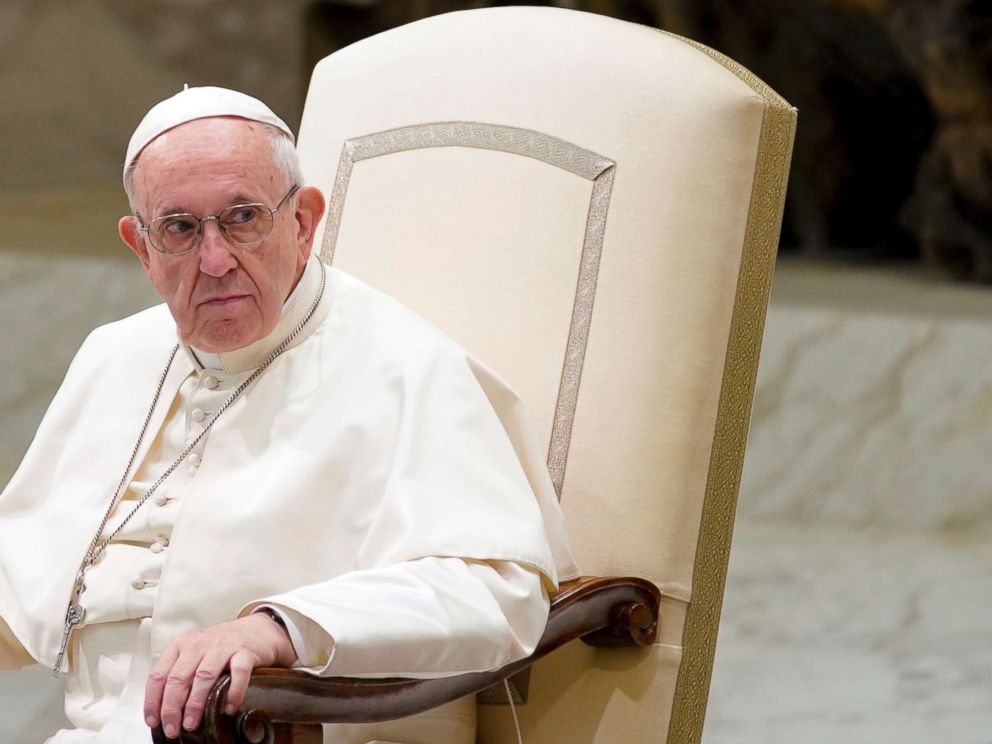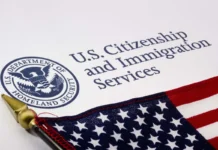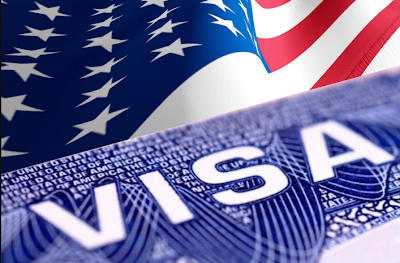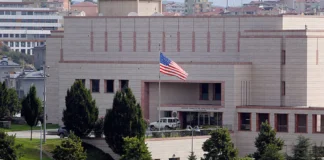Accusations of wide-ranging abuse in Catholic institutions in Ireland, including but not limited to the sexual targeting of children by priests, date back several decades.
In a sign of the scale of the abuse, 14,500 people applied for compensation through an Irish government scheme for those abused at juvenile facilities run by religious groups between 1936 and 1970.
As Pope Francis prepares to meet some victims during a visit to Ireland this weekend, his first as pontiff, here are the most prominent cases to come to light:
– Predator priests –
Irish Catholic Church leaders are accused of having protected hundreds of predator priests suspected of sexually abusing thousands of children over decades.
Allegations in Ireland began to emerge in the 1980s, among the first in an eventual avalanche of cases globally.
They prompted criminal cases and Irish government enquiries in the following decades.
The Church published a series of its own probes from 2008, which found sexual abuse allegations against at least 85 priests since 1975.
It put in place detailed procedures for dealing with child sexual abuse in 1996.
But the reviews by its National Board of Safeguarding Children found senior clergy had repeatedly failed to report abuse by priests and misled enquiries before and after that date.
The most notorious case was that of Father Tony Walsh.
A government commission estimated that Walsh had abused hundreds of children over a period of nearly two decades before he was cast out from the priesthood and imprisoned.
– Magdalene Laundries –
As many as 10,000 women were forced to work in “Magdalene Laundries” — penitentiary workhouses managed by the Catholic Church — over the last century. They suffered decades of physical and psychological abuse.
Ireland’s conservative society at the time ostracised “fallen women” who had become pregnant outside marriage, and they made up the bulk of the laundries’ residents.
Others included rape victims, orphans, prostitutes and the disabled.
They worked for no pay while the religious orders ran the laundries as commercial bodies.
Irish authorities released a 1,000-page report on the laundries in 2013 and both then-prime minister Enda Kenny and those who ran the laundries apologised to the victims.
– Mother and baby homes –
Thousands of pregnant women were also sent to “mother and baby” homes, accused of being punishment hostels complicit in illegal adoptions and mistreatment.
The Irish government in 2015 launched a commission to investigate 18 such homes — the last of which closed in 1996 — after revelations that up to 800 infants may have died over several decades at one site run by Catholic nuns.
Historians alleged that their remains were interred in an unmarked mass grave at the home, which was managed by the Sisters of the Bon Secours, in County Galway between 1925 and 1961.
Death records showed that they died from malnutrition and infectious diseases, such as tuberculosis and measles.
In March the commission announced it had found “a significant number of human remains” at the site.
The homes received public attention in 2013 when the story of Philomena Lee, who was forced to give up her baby for adoption, was made into the Oscar-nominated film “Philomena”, starring Judi Dench and Steve Coogan.
– Illegal adoptions –
The scale of illegal and falsified adoptions of children of unmarried mothers by the Irish state with the help of the Catholic Church has been emerging in recent years following government probes.
An enquiry into one adoption agency run by the Sisters of Charity, a Catholic institute, reported earlier this year that the birth certificates of at least 126 children had been falsified between 1946 and 1969 to make it appear they were not adopted.
Prime Minister Leo Varadkar apologised, calling the revelations “another dark chapter” in Irish social history.
The St Patrick’s Guild adoption agency responsible ended its operation in 2004.
But the head of children’s charity Barnardos warned every adoption agency in Ireland had been involved in illegal child registrations.
He told Irish national broadcaster RTE that an investigation needed to be carried out into at least 150,000 adoptions, predicting at least 10 percent of those cases would be found to be illegal.




























